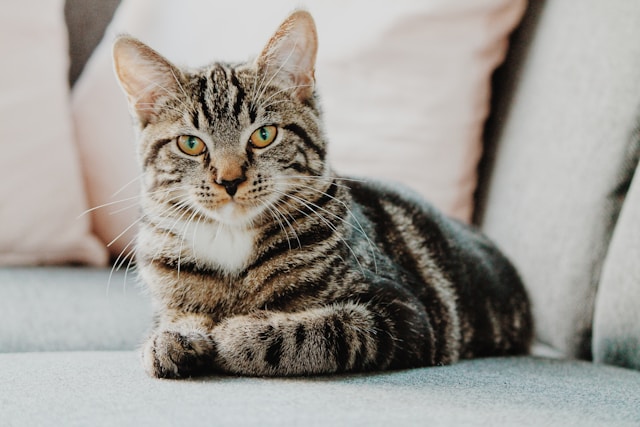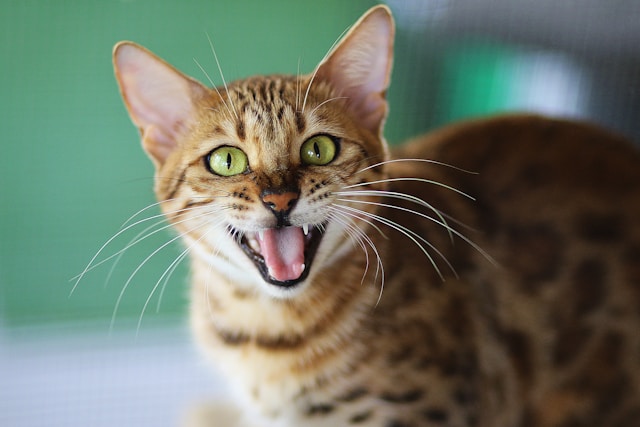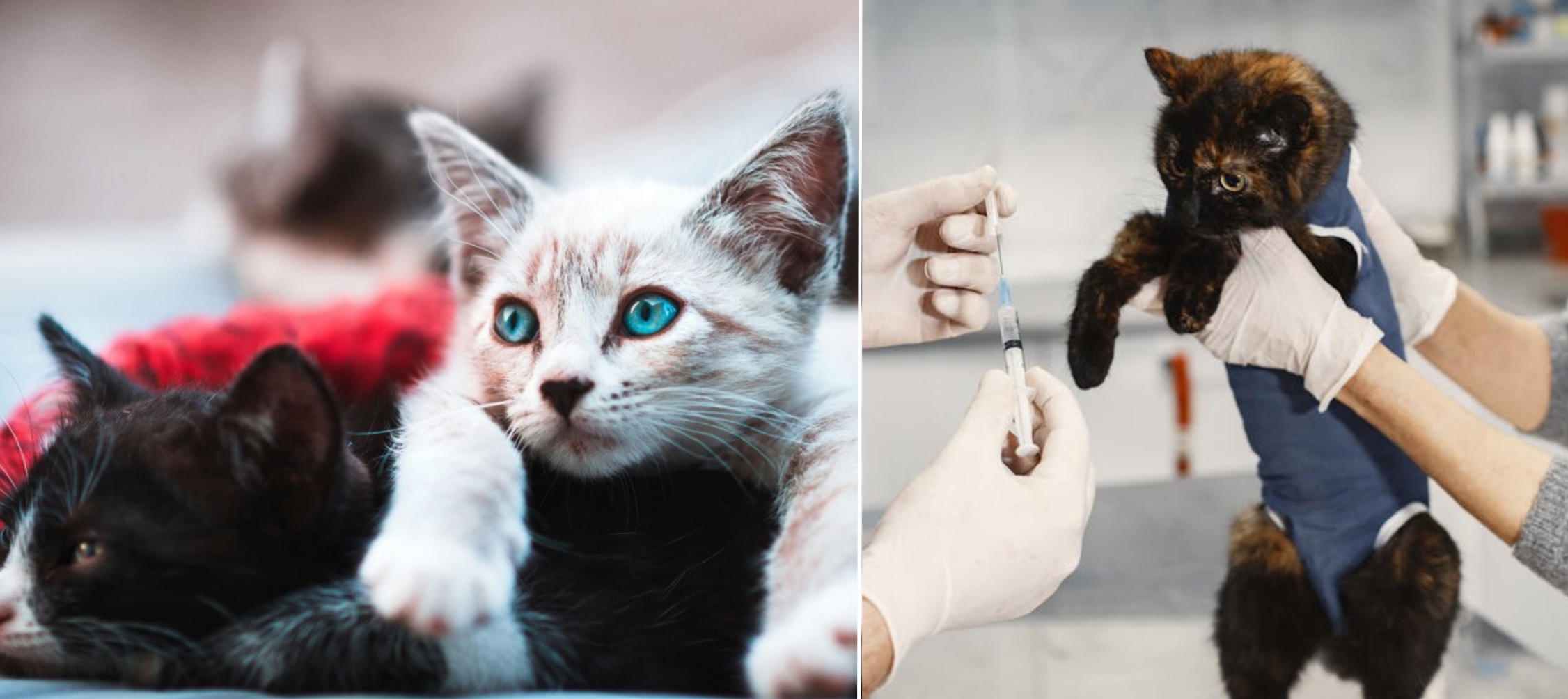Cat’s Health Matters: Why DNA Tests Are Important for Cats
Nothing is more vital to a devoted domestic cat owner than their pet’s health. Pet owners frequently view their animals as members of the family and will go to great lengths to ensure their welfare.
You need to know that the health of a cat consists of three main factors: nutrition, environment and genetics. Having an idea of all three, you can create the best conditions for your pet.

What Is The Cat’s Genetic Code?
Each cell of your cat contains a unique genetic code. This DNA is inherited by him from his parents, which they, in turn, inherited from their parents and so on.
The cat’s genetic code is a detailed plan that defines everything from the color of the coat to the characteristics of the character and the number of fingers on the paws. Your pet’s genes are the reason why Siamese cats are so talkative, ragdolls are affectionate, sphinxes are bald, and Persians have flattened muzzles. Although many diseases are multifactorial (that is, they occur for several reasons, which can be both genetic and external), researchers have determined using genetic sequencing of chromosomes that cats have genetic mutations that suggest the development of certain diseases. Some of these conditions may be specific to a particular breed.
Why Do Cats Need a DNA Test?
Research through DNA test for cats is quite common among breeders of pedigree animals. They resort to DNA analysis in order to reduce the likelihood of hereditary diseases appearing in new litters. In some cases, a DNA test helps to detect the disease at an early stage, which makes it possible to quickly cure a pet. When an animal reaches adulthood and has given birth to children, several genetic disorders become apparent. Here, DNA analysis will enable you to eliminate mutant individuals from breeding and lower the probability of genetic illnesses manifesting in subsequent litters. To ensure that there is no chance of error, a trustworthy and respected testing facility should be utilized when analyzing cats’ DNA to see if they are fit for breeding.

Additionally, the presence of specific phenotypic indicators can be determined with the aid of a DNA test. A cat that is entirely black, for instance, might carry the spotting gene, which will probably show up in its progeny. You may also use the test to find out if a dog or cat has certain color genes. The test can be used to determine whether a specific gene is present in the pet if the breed is represented by both long-haired and short-haired animals.
Inheritance can be of two types: recessive and dominant. In the recessive type, the trait does not manifest itself, but the animal is its carrier; in the dominant type, the trait manifests itself.
Also, a DNA test for cats allows you to determine paternity or motherhood in cats, so you can confirm the pedigree. Some pet owners create a DNA profile (DNA passport) of a pet. It allows you to quickly find an animal among others if it is lost. In addition, with the help of a DNA profile, you can quickly confirm the pedigree of a pet during breeding.

How Is a DNA Test Performed on Cats?
DNA is contained in any biomaterial: it can be wool, saliva, claws, blood, etc. But mostly venous blood or buccal epithelium (scraping from the inside of the cheek) is used for genetic examination. The accuracy of these analyses is comparable to each other. Only taking a scrape can be difficult if the animal is nervous or aggressive. In addition, the pet should not be fed 2 hours before taking the scrape, and it is also necessary to exclude contact with other animals in order to avoid foreign saliva, wool and other biomaterials entering the sample. On average, the analysis, depending on the laboratory and the complexity of the test, takes from 3 to 10 days.
Are Some Cat Breeds Genetically “Healthier” Than Others?
Because of their higher levels of inbreeding, certain breeds may be more susceptible to inherited illnesses. Saying that some breeds are genetically “healthier” than others is tough, if not impossible. Many distinct genetic diseases have been found in various breeds, however this is typically the result of increased testing and observation within these breeds rather than a higher frequency of hereditary diseases in a specific breed.
In conclusion, it is important to emphasize that while genetic health is an essential aspect of the overall health and well-being of our pets, there are many other factors that are also important. This includes proper nutrition, regular exercise, preventive health measures and, of course, a lot of love and affection. By combining all these elements, we can guarantee that our cats will live a long, healthy and happy life.









